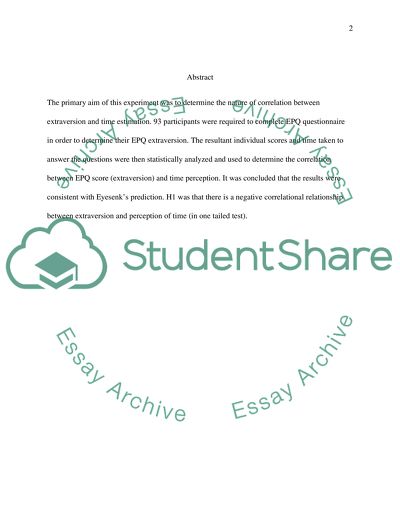Cite this document
(“Lab Report on a Correlational Study (EPQ & Time Perception) Essay”, n.d.)
Retrieved from https://studentshare.org/psychology/1488512-lab-report-on-a-correlational-study-epq-time
Retrieved from https://studentshare.org/psychology/1488512-lab-report-on-a-correlational-study-epq-time
(Lab Report on a Correlational Study (EPQ & Time Perception) Essay)
https://studentshare.org/psychology/1488512-lab-report-on-a-correlational-study-epq-time.
https://studentshare.org/psychology/1488512-lab-report-on-a-correlational-study-epq-time.
“Lab Report on a Correlational Study (EPQ & Time Perception) Essay”, n.d. https://studentshare.org/psychology/1488512-lab-report-on-a-correlational-study-epq-time.


